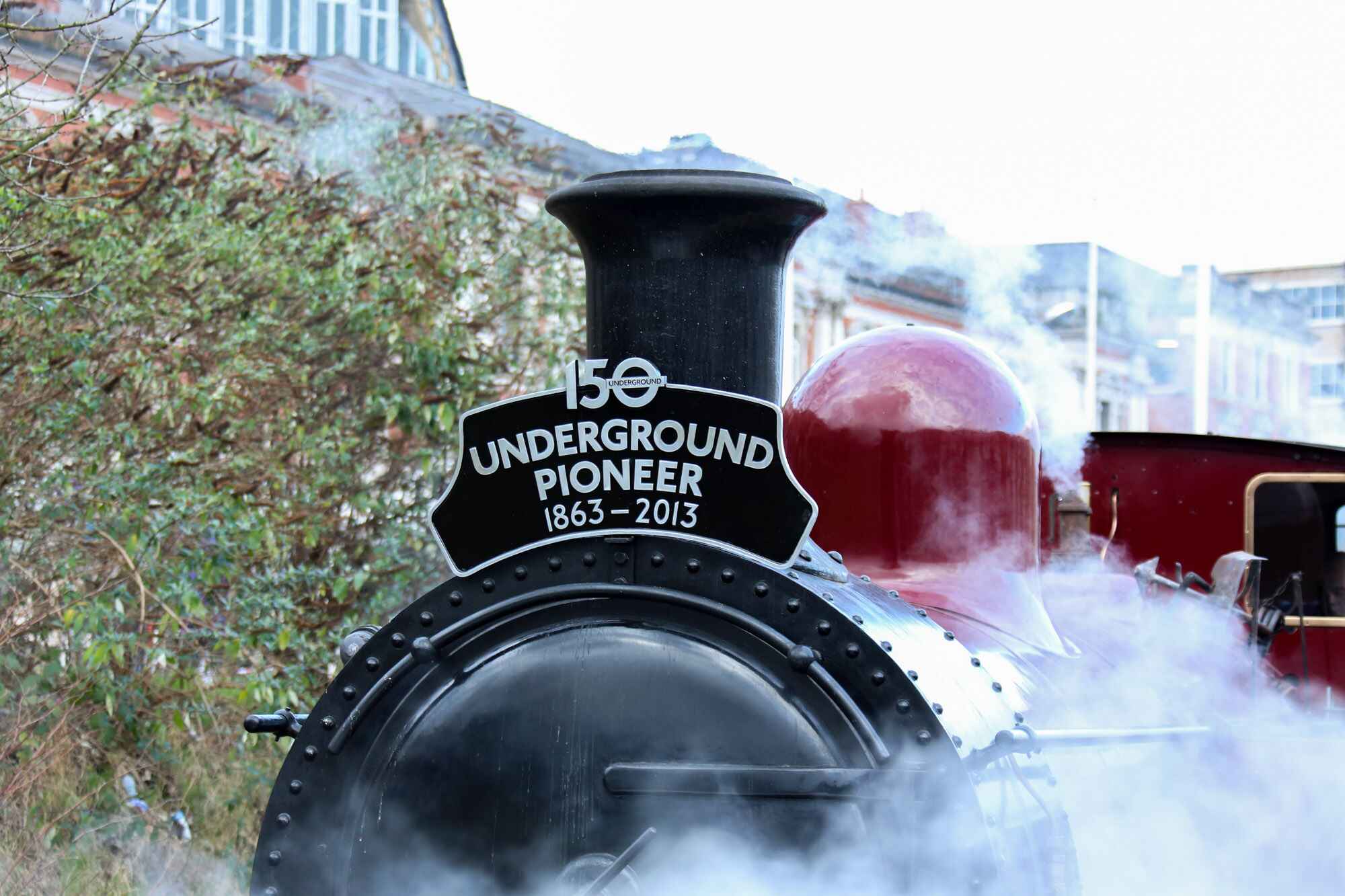History of the London Underground
Wed, 17 Aug, 2022
Read in 2 minutes
Learn about the history of the London Underground network in the first instalment of Transport in London.

Welcome
To the first instalment of Transport in London (TiN) and the first blog series on this website.
The Original Six

The London Underground is arguably one of the most famous railway systems in the world. The world’s first underground railway opened in 1863 courtesy of the Metropolitan Railway Company and ran between six stations from Paddington to Farringdon.
Going Underground

The original underground lines were built using a method called cut-and-cover. In this technique, wide trenches would be dug and then covered with a roof and dirt to create the train running tunnel. This was very disruptive as it saw the destruction of many roads in order to build tunnels.
272
Since then, the original six have been joined by 266 other stations (272 total) across 11 lines (originally individual companies) with the Metropolitan Railway Company becoming the Metropolitan Line.
Harry Beck’s Map

In 1933, Harry Beck was commissioned to create a map of the London Underground network, this has since become an icon of the system and is used by metro systems across the world.
The Merger
In 1933, all of the individual railway companies (that gave their names to the modern-day lines) were unified into the London Passenger Transport Board (LPTB), nationalised in 1948. The Victoria line was added to the network in 1968, followed by the Jubilee line in 1979. The next introduction was fare zones in 1981.
Transport for London

Finally, the current company Transport for London (TfL) took ownership of the network in 2003 and introduced the world to the forerunner of contactless bank cards, the Oyster card.
A Metropolitan Railway Company Locomotive, The Original Tube Map, and Oyster Card images are graciously supplied by Transport for London’s Press Office.